This content was orginally posted at Wide Open Spaces.
National Forests sustain more than 3,000 species of fish and wildlife.
Forests provide nesting places and safe cover for many species of birds and other animals, which rely on them for food such as fruits, nuts, leaves, bark and roots. Forests protect fish habitats by preventing erosion, filtering pollutants, and shading cooling waters.
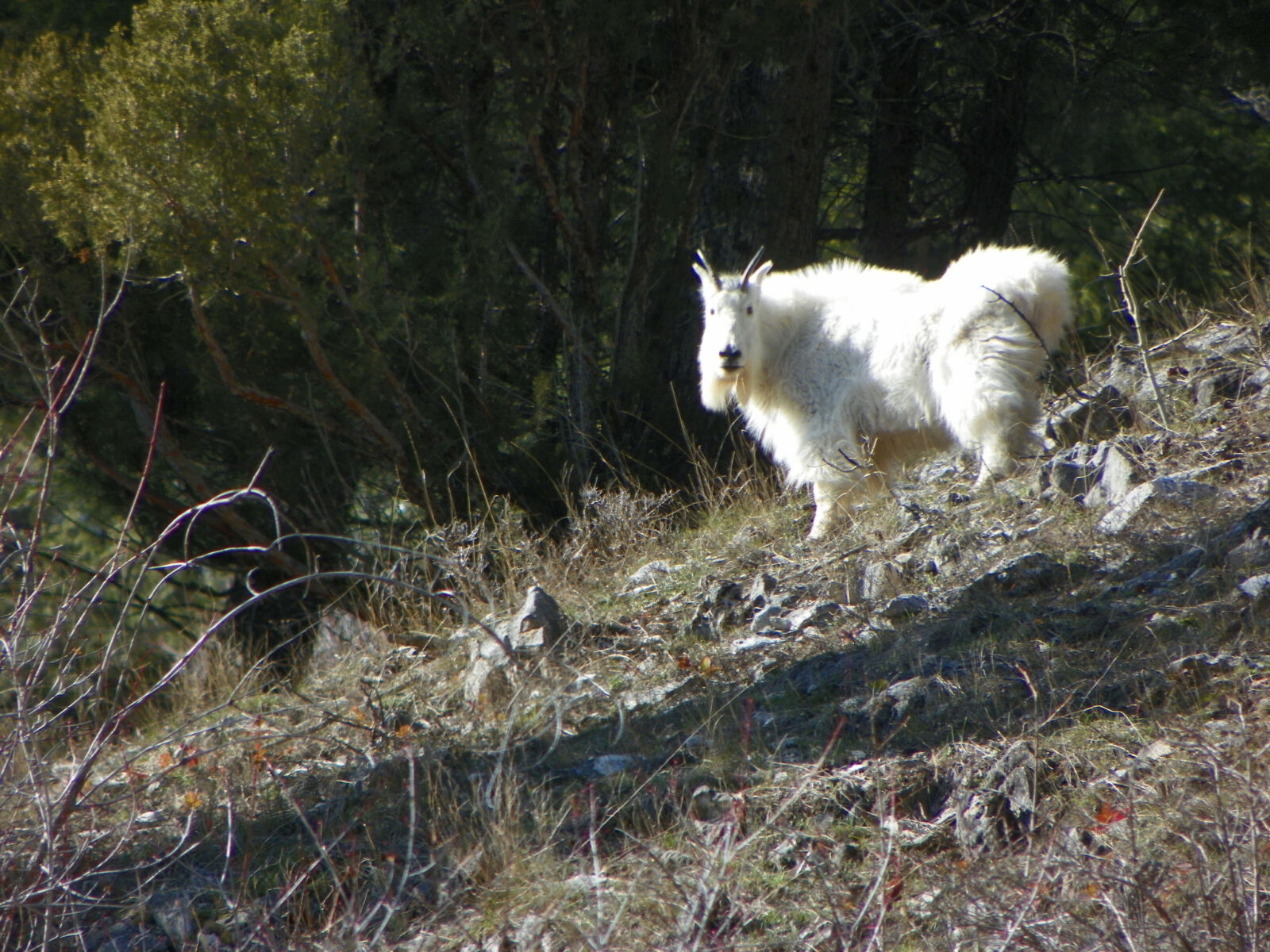
More than 7 in 10 of all Americans live within 100 miles of a National Forest.
With 155 National Forests in 44 different states, you’re never far from your backyard forest.

National Forests are home to 122 ski areas and countless miles of backcountry access.
Some of our country's most popular ski areas with the best terrain are located on National Forests. Learn more about how we partner with many of them to give back to the Forest.

National Forests contribute $13 billion annually to our economy through visitor spending.
Millions of Americans visit National Forests who contribute to the local economy through trips, lodging, food and recreation.
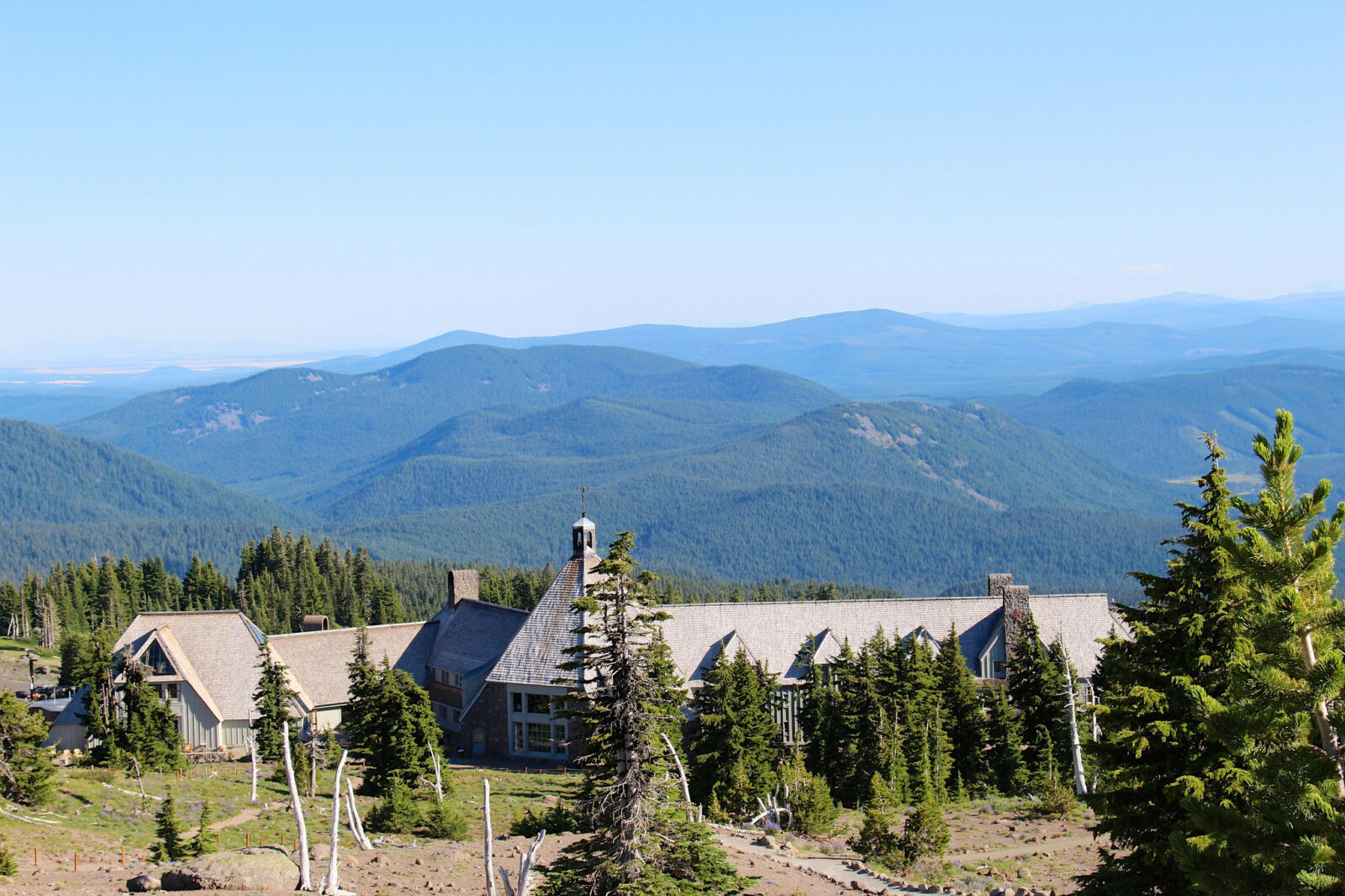
Photo by David Fulmer
National Forests contain 136 scenic byways.
Stretching for more than 9,000 miles, scenic byways on our National Forests provide access to stunning views and iconic locations across the country.
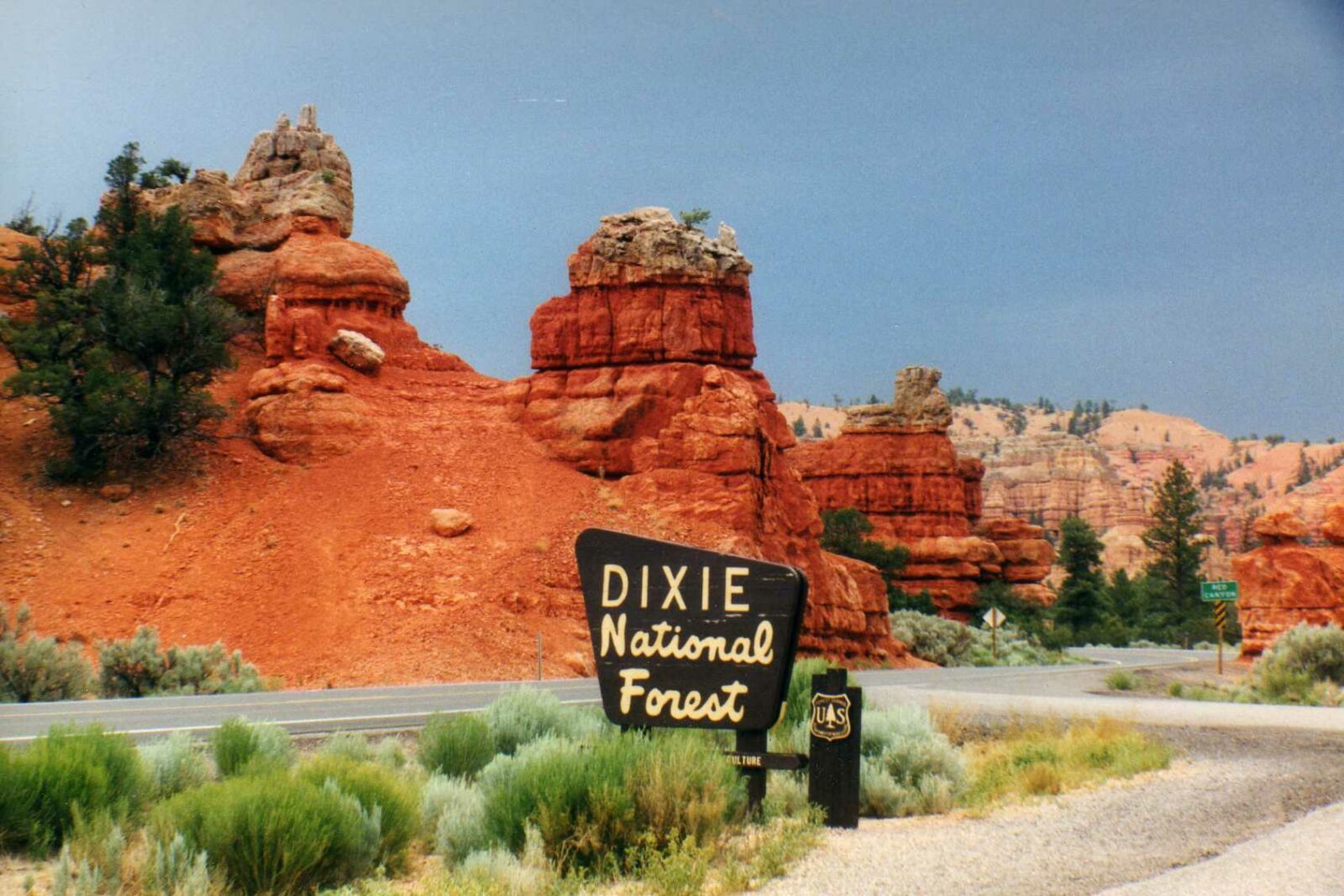
Photo by Joseph-Cesare
National Forests contain 119 Wild and Scenic Rivers.
Congressionally-designated Wild and Scenic Rivers are preserved for natural, cultural and recreational values for today and tomorrow.
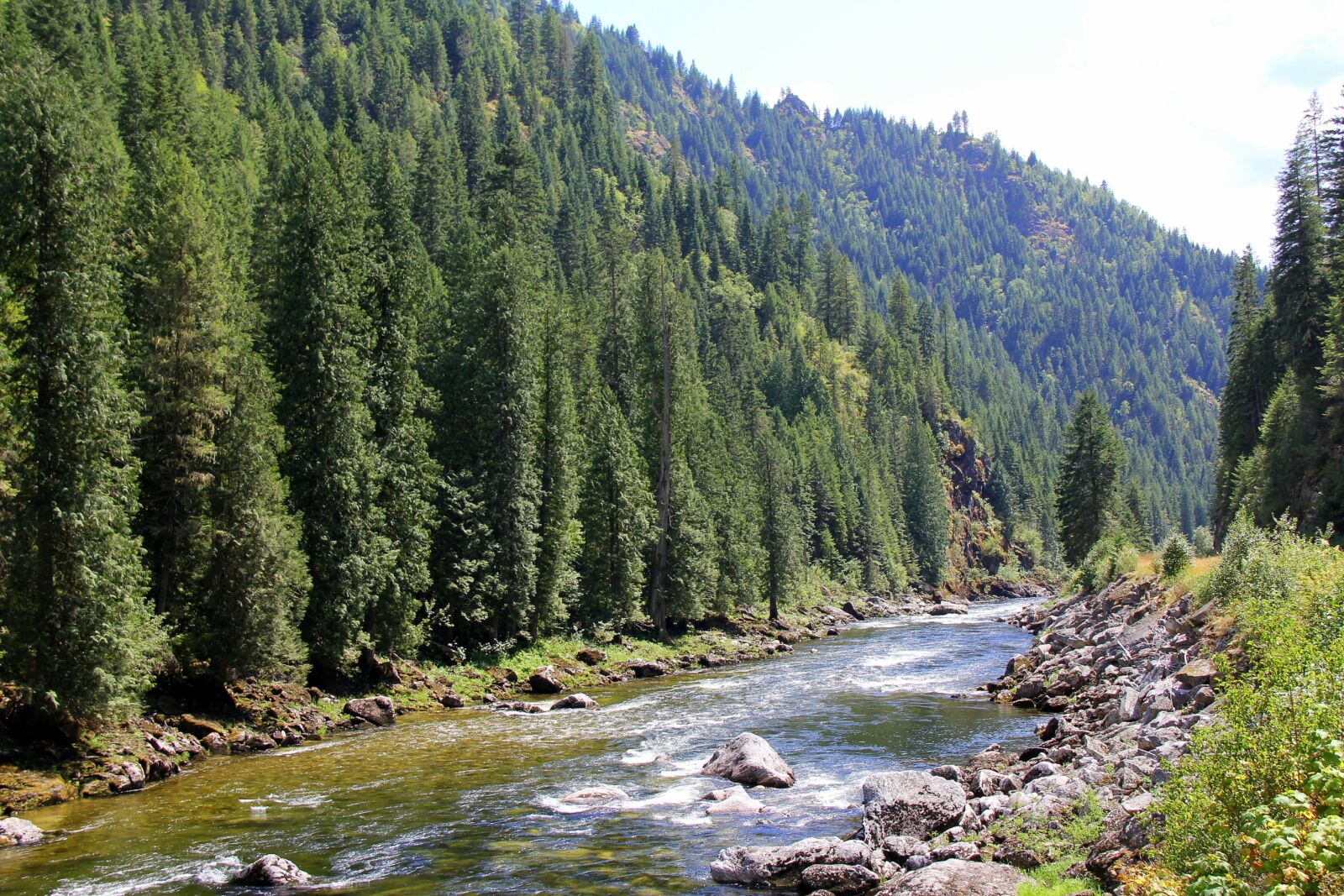
You can explore two National Volcanic Monuments on our National Forests.
Head over to Deschutes National Forest and the Newberry National Volcanic Monument which includes more than 50,000 acres of lakes and lava flows in Central Oregon. Who could forget the Mount St. Helens National Volcanic Monument on the Gifford Pinchot National Forest?
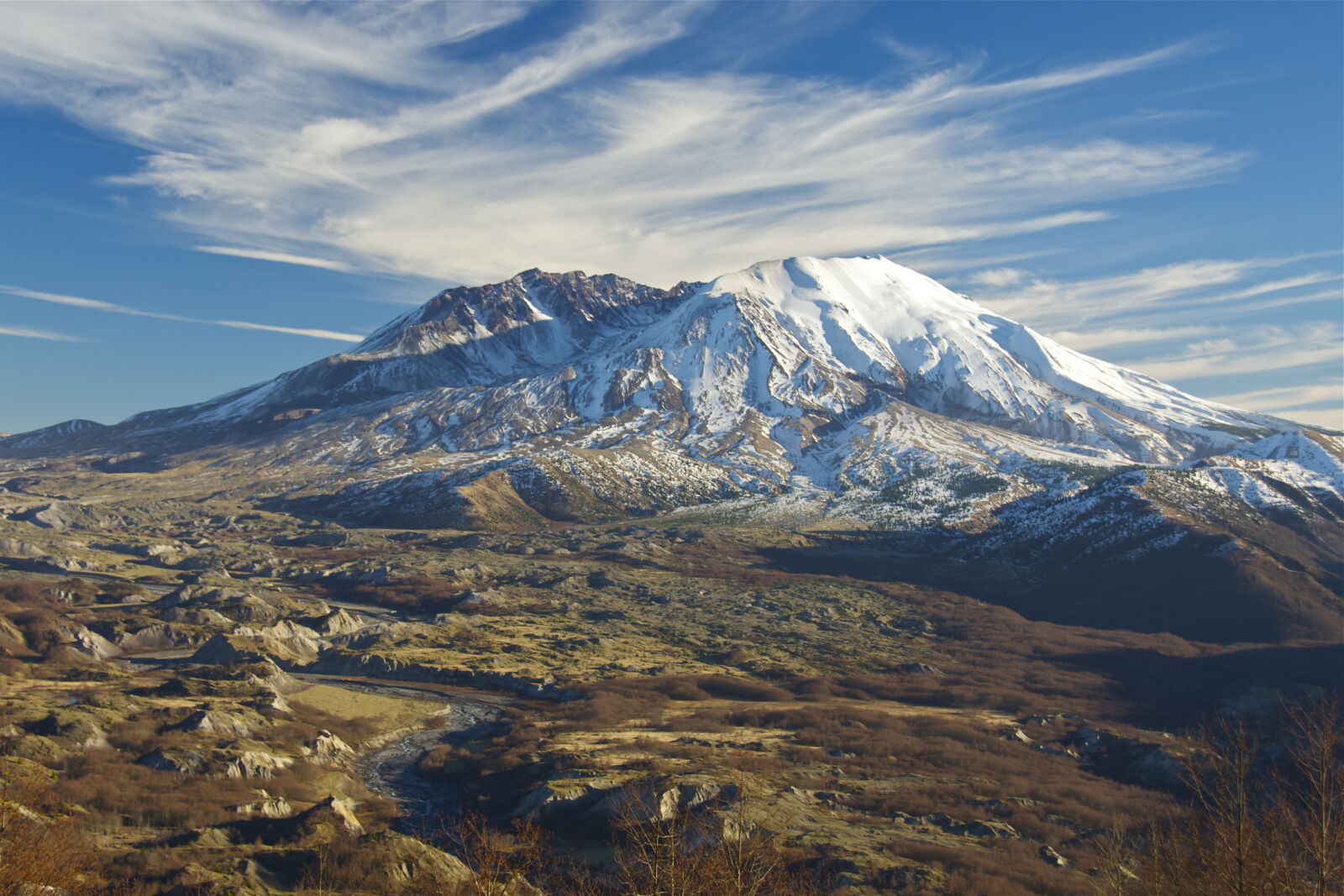
The National Forest System includes 20 Grasslands and one Tallgrass Prairie.
3.8 million acres of National Grasslands are managed for fish and wildlife, timber, water and recreation. Learn more about our restoration efforts at Midewin National Tallgrass Prairie.
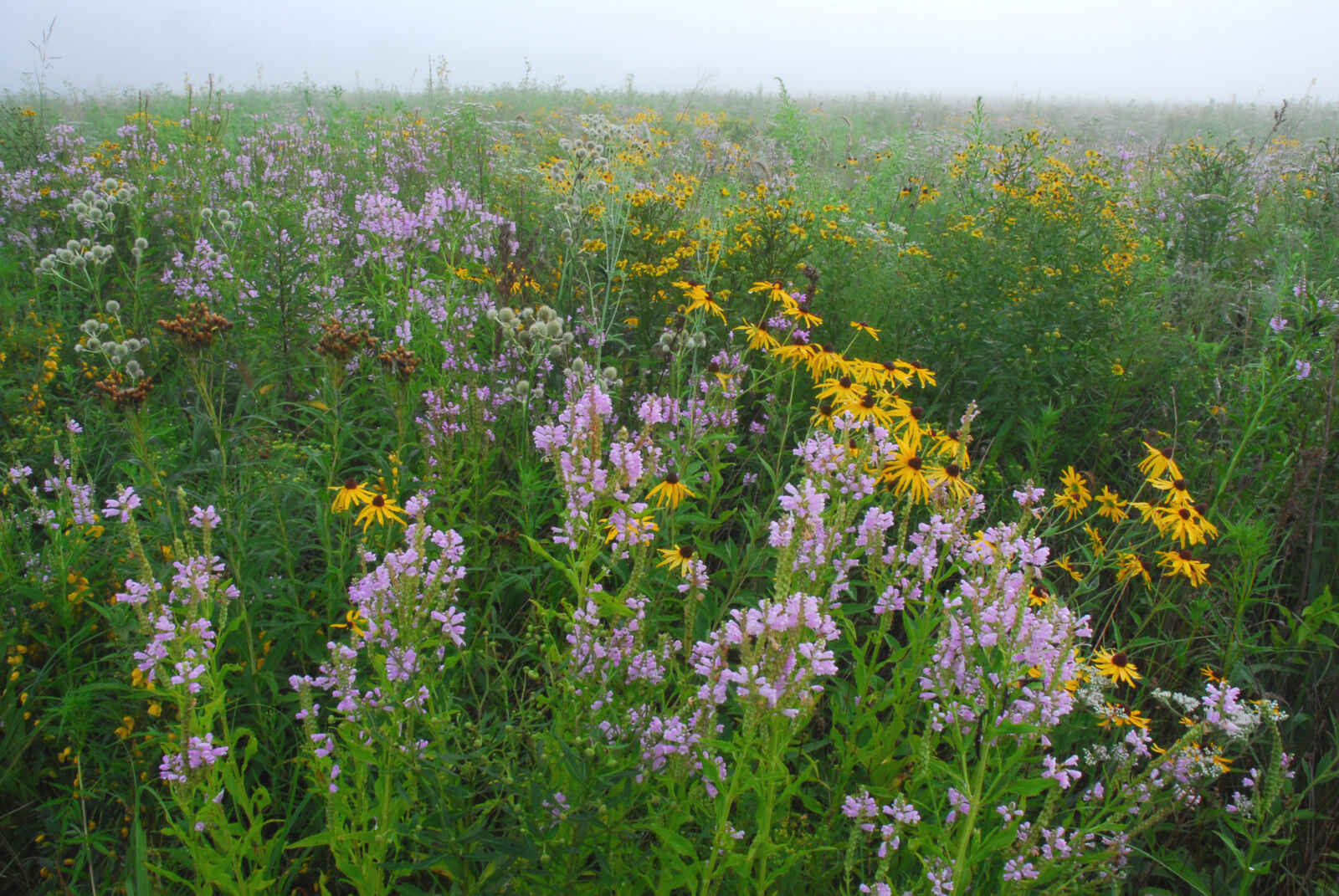
At 17 million acres, Alaska's Tongass National Forest is our nation's largest National Forest.
The Tongass National Forest is bigger than the state of West Virginia. It stretches along the coast of Southeast Alaska and is part of the world's largest temperate rain forest.
Photo by Lydia Johnson
Water from our National Forests is valued at $3.7 billion per year.
The National Forest System was created in the early twentieth century to protect our nation’s largest source of freshwater. Millions of Americans depend on National Forests every time they turn on their taps, eat fresh produce, or water their gardens.


